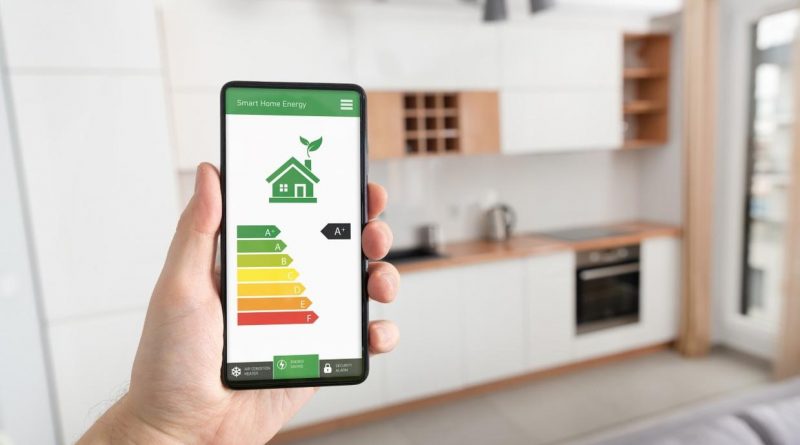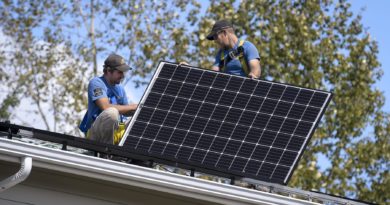Do you know your solar panels from your U-Value? Tricky home energy terms and what they really mean – Belfast Telegraph
Energy Disrupter

When it comes to home energy jargon, knowledge is power.
t’s easy to feel overwhelmed when you’re discussing options with a builder, home energy provider or even your friends and family. However, most of these terms are easy to wrap your head around, you just need sound, trustworthy advice.
So, to help you on your energy-efficiency journey, we’ve rounded up some tricky home energy terms and assessed what they really mean.
The term ‘solar panel’ can refer to a wide range of technologies. It is often used interchangeably between the panels that generate electricity and those that generate heat.
However, solar panels which produce electricity are referred to as ‘solar photovoltaic (PV) modules. ’These are panels made from materials which generate DC electricity when exposed to light. When considering purchasing solar panels, it is important to consider whether you would like a system which generates electricity (solar PV panels)or a system which heats water (solar thermal panels).
An Energy Performance Certificate (EPC) measures the energy efficiency of a property on a scale of A-G. An A-rated home will use less energy, while a G-rated home will use far more.
The average property in the UK is in bands D-E. The Certificate includes recommendations on ways to improve the home’s energy efficiency to save you money and help the environment. It’s possible to improve your home’s Energy Performance Certificate with renovations and upgrades, which is where a deep retrofit comes in.
[embedded content]
You may have heard people talking about deep retrofit grants and loans. But what does this phrase really mean?
Well, in a nutshell, a deep retrofit means carrying out multiple renovations or upgrades in one go to improve your home’s energy efficiency. This includes things like wall insulation, window upgrades, installing an air-source heat pump, solar PV panels or water heating panels.
An air source heat pump (ASHP) works by transferring heat absorbed from the outside air to an indoor space, such as a home or an office via the wet central heating systems to heat radiators and provide domestic hot water.
While conventional heating systems can only produce as much heat as their fuel source allows, a heat pump typically will produce three to four units of heat for every unit of electricity consumed.
Thermal transmittance, also known as U-value, is the rate of heat transfer or heat loss. You’ll usually hear it mentioned in relation to windows, roofs and walls. The better-insulated a structure is, the lower the U-value will be.
Workmanship and installation standards can strongly affect the thermal transmittance. If insulation is fitted poorly, then the thermal transmittance can be considerably higher than you might like. The lower the U-value, the better insulated your home will be.
Smart meters measure how much gas and electricity you’re using. This is done via a remote connection to your energy supplier. They usually come with an in-home display screen to help you see your energy usage and perhaps give you an idea of where you can cut back.
It is estimated that one in four homes now have a smart meter in the UK so this is definitely something that will become more popular in the coming years.
Low energy lighting refers to modern lighting options that are more environmentally friendly. For example, a modern LED bulb uses 80-90pc less energy than a traditional light bulb, while still providing your home with enough light.
According to the Energy Saving Trust, if you replace all the bulbs in your home with LED lights, you could reduce your carbon dioxide emissions by up to 65kg a year. This is equivalent to the carbon dioxide emitted by driving your car around 220miles.
If you’re looking to upgrade your home and want to reduce your carbon footprint in the process, whynot contact your Credit Union about a flexible green home improvement loan or submit an online loan enquiry today. Because for all of your dreams that are big, small or strange, the Credit Union’s got you covered with their monsterloan range.















